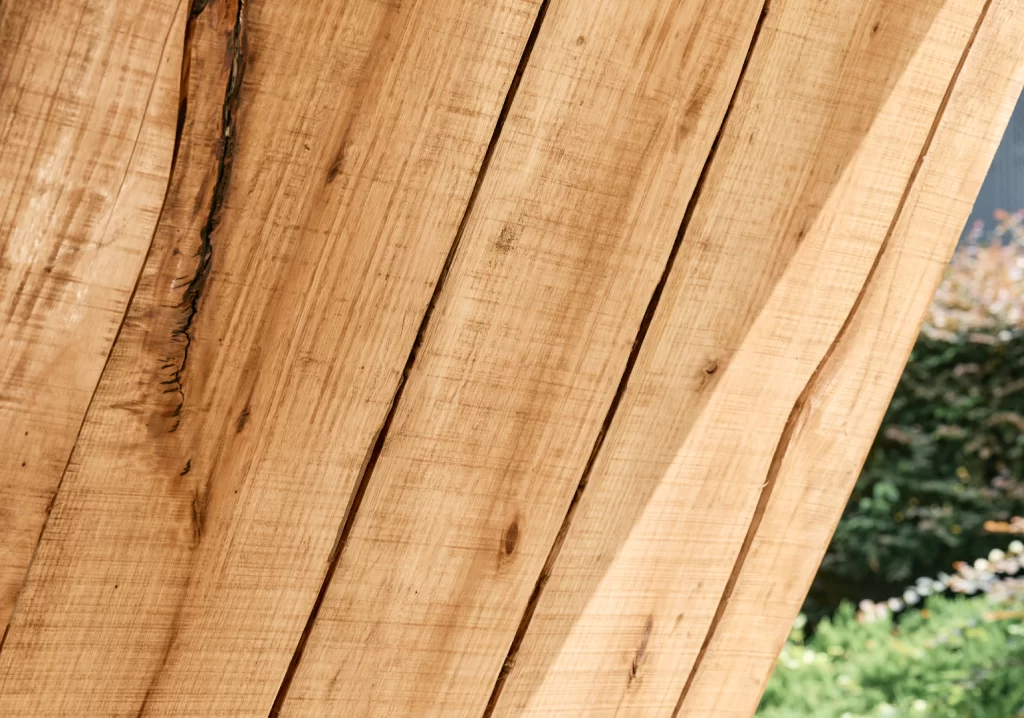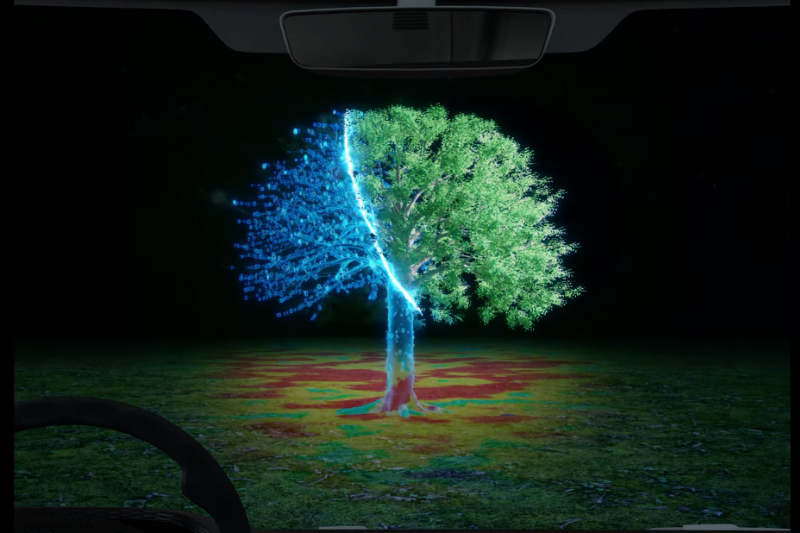Cross-laminated timber that uses artificial intelligence to fit together; an advanced form of machine vision; a device that can make its way through sand and detect obstacles as it moves: here are some of the latest innovations in global engineering.
AI timber

Start-up construction technology company Maestro has developed a new method of cross-laminated timber production that uses artificial intelligence to fit together irregularly shaped boards.
Rather than wasting wood by cutting felled trees into standardised blocks, the technology scans raw logs, saws them into boards, then identifies the best way to fit the disparate forms together. The process is useful not just because it saves waste, but also because wood offers the construction industry an alternative to carbon-intensive concrete.
“Timber isn’t just a substitute for concrete; it unlocks new possibilities for prefabricated construction,” said Maestro co-founder Mykola Murashko. “Because engineered wood products are lightweight, renewable and dimensionally stable, we can design an entire building in our factory, then ship the flatpack of its components to construction sites around the world.”
The company’s proof-of-concept triangular pavilion was displayed at Shanghai’s DigitalFutures conference earlier this year.
HADAR imaging

Engineers at the US’s Purdue University have developed an advanced form of machine vision named HADAR, or heat-assisted detection and ranging.
Designed to augment robots and other autonomous machines, the technology combines infrared imaging with machine learning to improve upon existing LiDAR and heat-sensing approaches to mapping, which have limitations in terms of scale and loss of information and texture.
“Our work builds on the information theoretic foundations of thermal perception to show that pitch darkness carries the same amount of information as broad daylight,” said Associate Professor Zubin Jacob.
“Evolution has made human beings biased toward the daytime. Machine perception of the future will overcome this long-standing dichotomy between day and night.”
The researchers are looking to improve the technology by making it lighter and faster so it can be used by robots or self-driving cars.
Turtle robot
Roboticists at the University of California San Diego have created a device that can make its way through sand and detect obstacles as it moves. Inspired by the flipper-like limbs of baby turtles, the robot has a tapered body and a nose shaped like a shovel.
“We needed to build a robot that is both strong and streamlined,” said PhD student Shivam Chopra.
The robot’s flippers allow it to negotiate the unusual properties of sand, which sometimes acts as a solid and other times more like a liquid. Sensors on the machine’s flippers detect changes in torque generated by its movement, allowing it to locate obstacles above its body, while terrafoils on either side of its nose help to control its lift.
The team hopes the technology will be useful in such activities as seafloor digging, grain silo inspection or extra-terrestrial exploration.
